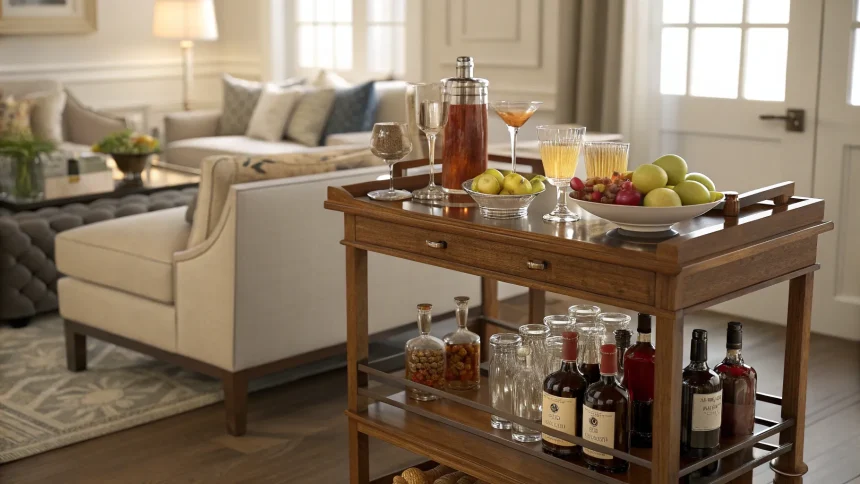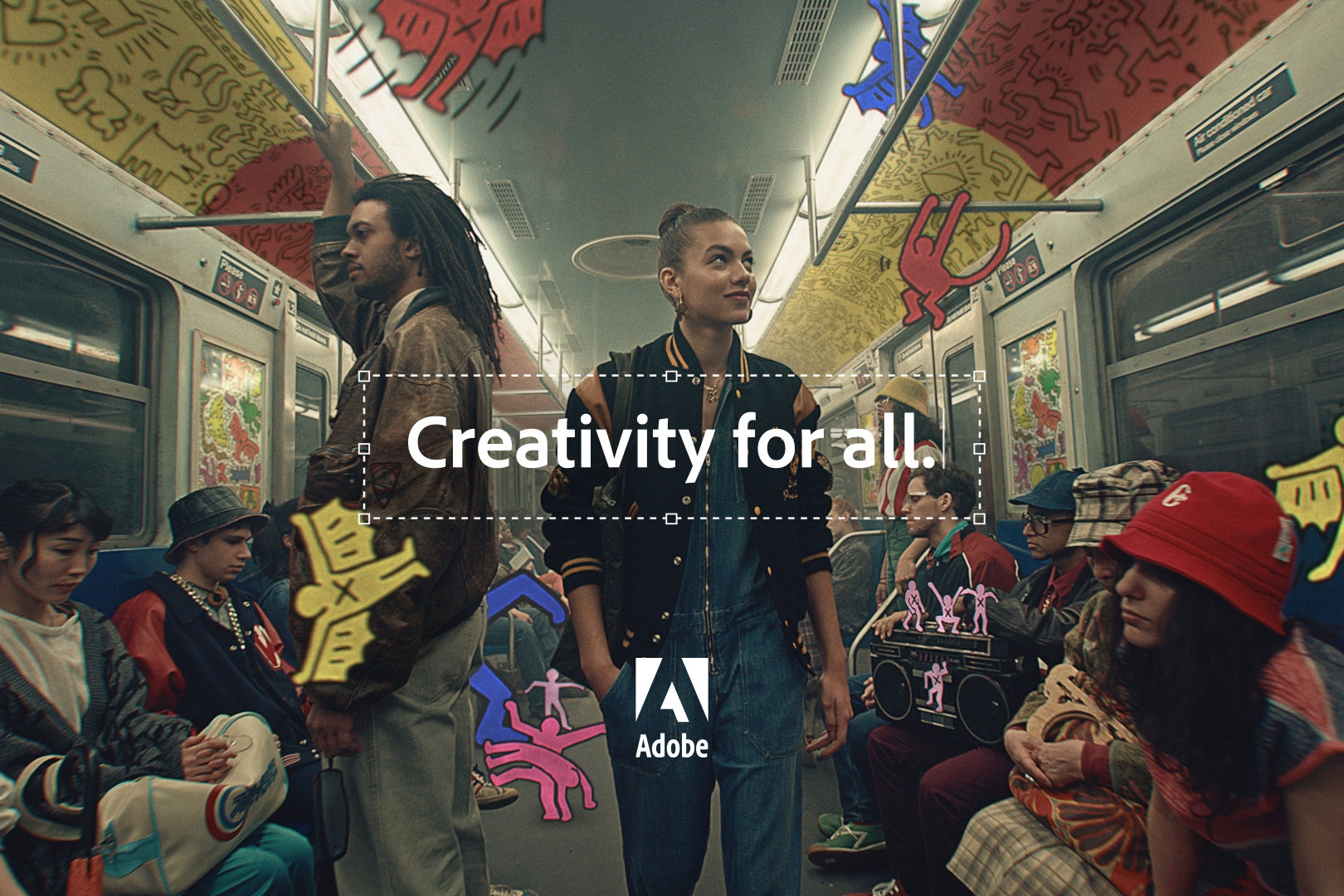The cocktail renaissance has found a new home – literally. As Americans spend more time indoors due to the pandemic, many have turned their living rooms into makeshift bars, fueling a significant rise in at-home cocktail making.
According to Associated Press reporter Elizabeth Karmel, cocktails are experiencing a notable surge in popularity, with most consumption happening in domestic settings rather than traditional bars and restaurants.
The shift represents a major change in how Americans enjoy mixed drinks, with implications for both consumers and the hospitality industry. This trend has emerged directly from pandemic restrictions that limited access to bars and restaurants across the country.
Restaurant Industry Adapts with To-Go Options
Restaurants have not stood idle as their customers stayed home. In response to changing consumer habits and financial pressures, many establishments have begun offering cocktails to go, creating new revenue streams while satisfying customer demand.
The Distilled Spirits Council, a trade organization representing the industry, reports that more than 30 states have now approved takeout cocktail programs. This regulatory shift represents a significant change in alcohol distribution laws that have typically been strict about off-premises consumption.
These temporary measures, initially designed to help restaurants survive pandemic restrictions, may become permanent fixtures in some states as consumers embrace the convenience of professional-quality cocktails at home.
Impact on Spirits Industry
The home cocktail trend has created ripple effects throughout the spirits industry. Liquor stores and alcohol delivery services have reported substantial increases in sales of cocktail ingredients, particularly premium spirits and mixers.
Many consumers who previously relied on bars for mixed drinks have invested in basic bar equipment and ingredients to recreate their favorite cocktails at home. This has led to increased sales of shakers, jiggers, specialty glassware, and other bar tools.
Spirits companies have responded by increasing their direct-to-consumer marketing efforts, with many offering online cocktail classes, recipe development, and curated cocktail kits to engage with home mixologists.
Consumer Behavior Changes
The pandemic has accelerated what was already a growing interest in craft cocktails. Many consumers have used their time at home to experiment with new recipes and techniques, developing skills they might not have pursued otherwise.
Social media platforms have played a key role in this trend, with hashtags related to home bartending seeing dramatic increases in usage. Many amateur mixologists share their creations online, creating virtual communities around cocktail making.
Some key factors driving the home cocktail trend include:
- Cost savings compared to bar and restaurant prices
- The ability to control ingredients and portions
- Creative outlet during lockdown periods
- Social connection through virtual happy hours
As vaccination rates increase and restrictions ease, the question remains whether consumers will maintain their home bartending habits or return to professional establishments. Early indicators suggest many will continue making cocktails at home while also returning to bars and restaurants, creating a hybrid approach to cocktail consumption.
For the hospitality industry, this signals a need to provide experiences that can’t be easily replicated at home, while continuing to offer convenient options like cocktails to go for those who have embraced domestic drinking.
The pandemic has fundamentally altered how Americans think about and consume cocktails, creating new opportunities and challenges for both consumers and businesses in the alcoholic beverage space.







